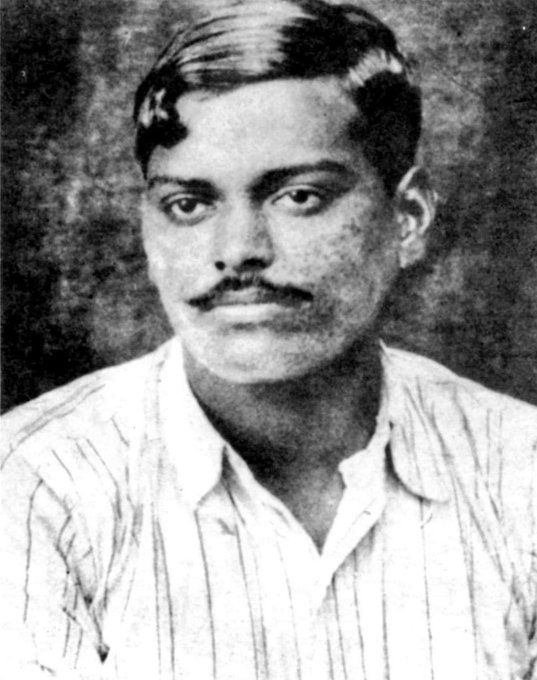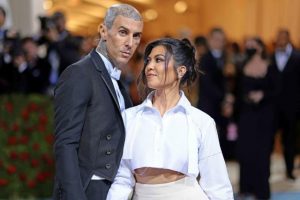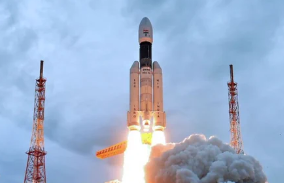Chandrashekhar Azad, who was born Chandra Shekhar Tiwari on July 23, 1906, in the Madhya Pradesh village of Bhavra, was motivated to fight for his country at a very young age.
Chandrashekhar Azad joined Mahatma Gandhi‘s Non-Cooperation Movement when he was only 15 years old.
Also Read| Who was Shyam Charan, Droupadi Murmu’s husband?
Here are 7 facts about Chandra Skhekhar Azad:
1. Chandra Shekhar Azad was born on July 23, 1906, as Chandra Shekhar Tiwari in the Bhavra village family of Pandit Sitaram Tiwari and Jagrani Devi in the modern Alirajpur district of Madhya Pradesh.
2. Azad motivated a generation of Indians by making sacrifices for the nation and making a significant contribution to the freedom struggle and other social causes.
Also Read| What happened to Droupadi Murmu’s sons and husband Shyam Charan?
3. Azad’s mother pleaded with his father to send their son to Varanasi’s Kashi Vidyapeeth in order to turn him into a Sanskrit scholar. When he was still a schoolboy in 1921, he joined the struggle for freedom.
4. Mahatma Gandhi started the non-cooperation movement in December 1921. Azad participated in the movement, and the British detained him. When Azad was brought in front of the judge, he identified himself as “Azad” and his father as “Swatantrata.”
Also Read| India celebrates Droupadi Murmu’s election as 15th President: In pics
5. After the non-cooperation movement was put on hold in 1922, Azad later turned more aggressive. Later, he joined the Ramprasad Bismil-founded Hindustan Republican Association (HRA), a revolutionary group.
6. He was best known for the 1928 murder of assistant police superintendent John Poyantz Saunders and the 1925 Kakori Rail Dacoity.
Also Read| Who is Iqbal Mirchi?
7. As a revolutionary, he took the last name Azad, which in Urdu is a synonym for “free.” According to legend, he made a promise to never be apprehended by the police while still using the name.
In addition to external oppressors, Chandrashekhar Azad sought to free India from internal oppressors. He belonged to a political movement that was not only anti-communal but also hostile to religion. He served as the movement’s top commander in order to bring about true democracy in India.







